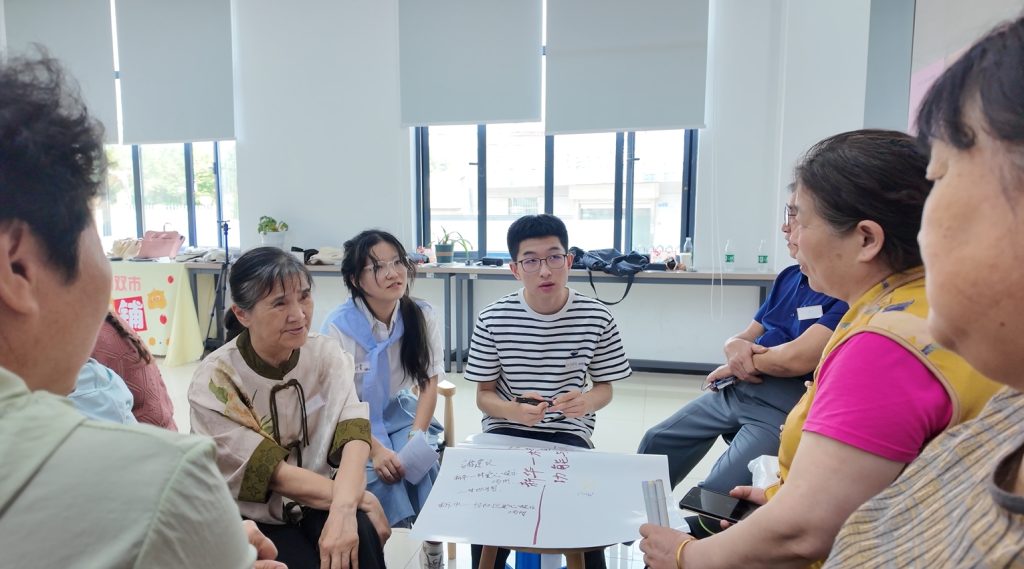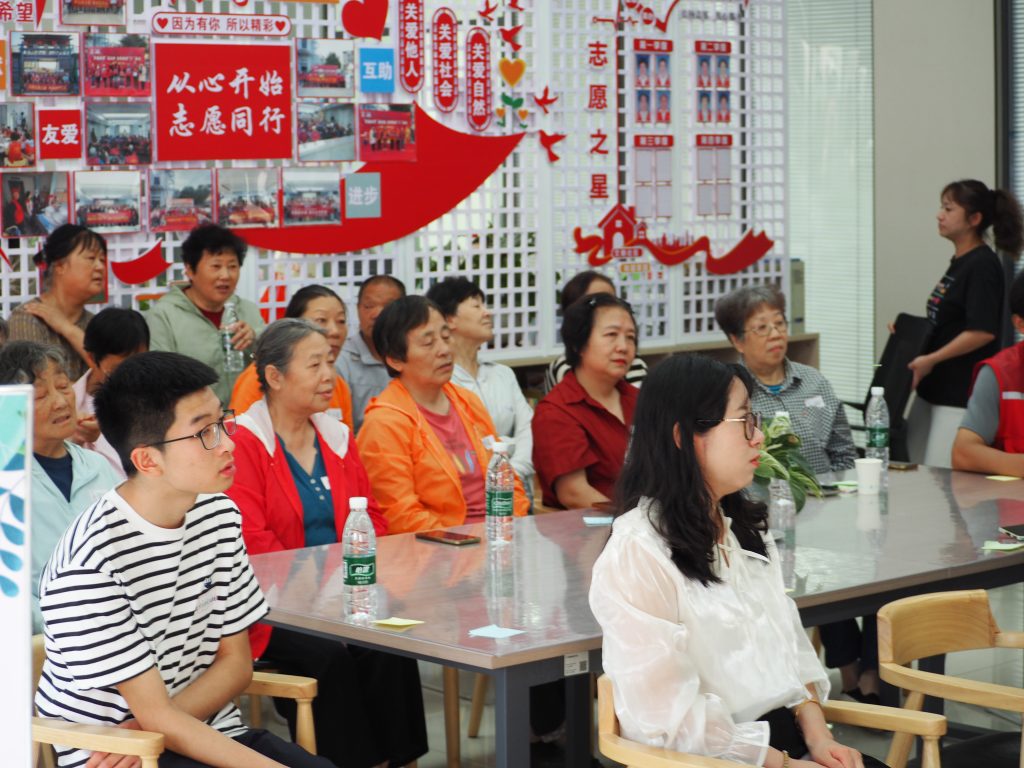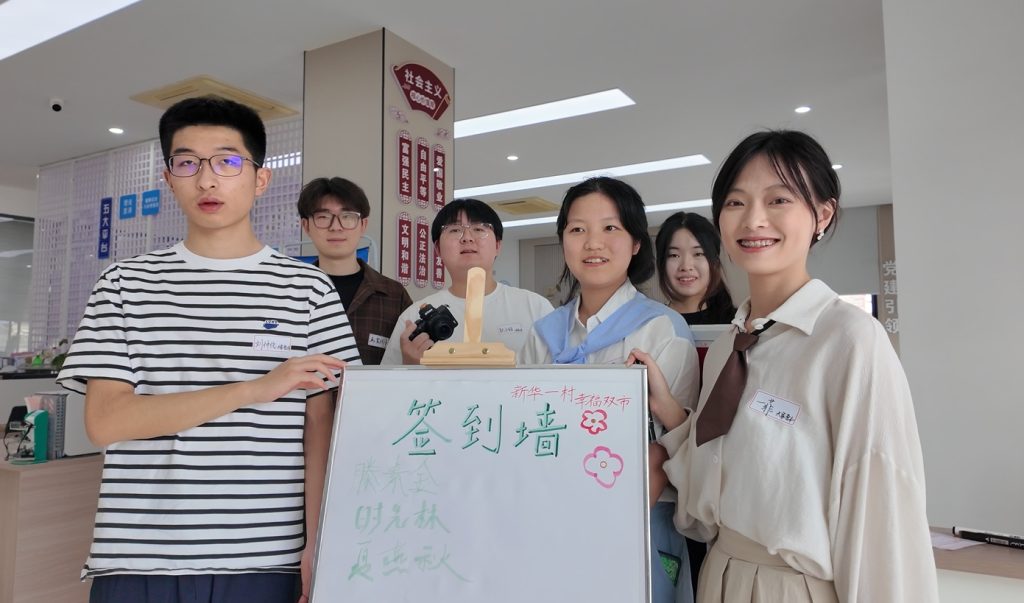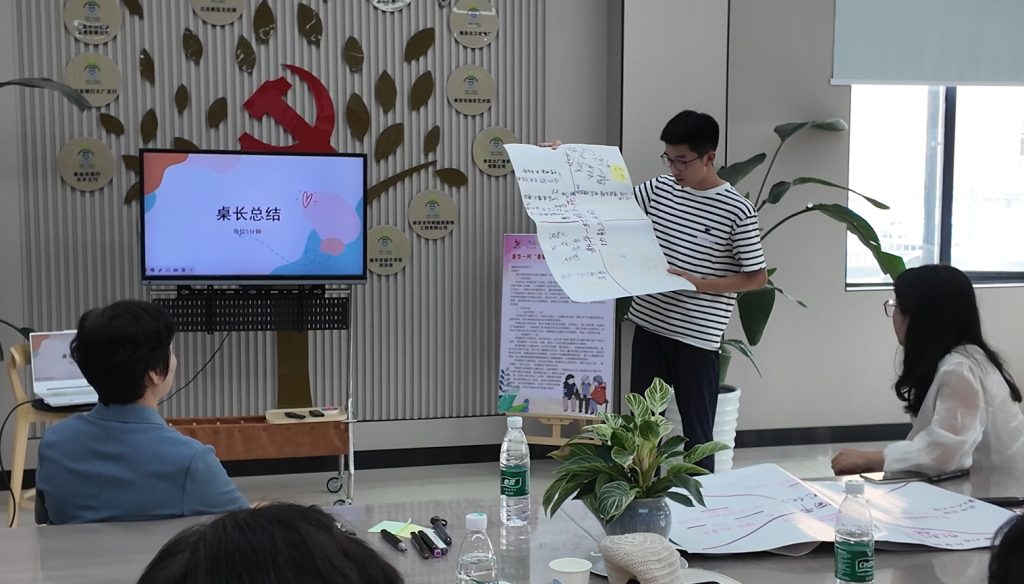In the heart of Nanjing’s Xinhua First Village, I found history not in textbooks or archives, but in the lived memories of its aging residents. Leading a community-based aging-friendly renovation project, I set out not only to improve infrastructure—but to bridge generations through the lens of historical understanding.

Oral Narratives from the Community
Through in-depth oral history interviews with 30 seniors—including 12 retired workers from the once-thriving Nanjing Chemical Plant—I uncovered something deeper than design needs. What they truly longed for wasn’t just accessibility or comfort, but spaces that reflected who they had been, and still were. For many, the factory wasn’t just a workplace—it was where identity was forged, where life unfolded. Their yearning to be “seen” was, at its core, a yearning to be remembered.

As a listener, I gained insight into stories often left untold.
Inspired by this insight, I reimagined a core historical method—material culture analysis—as a tool for community participation. I invited residents to use old factory gears and machine parts to design public space mockups. These physical remnants of the past became building blocks of the future. What began as a design workshop evolved into an act of collective remembrance, sparking creative proposals and a 40% increase in participation from elderly residents.

Together with my team, I explored the community’s history and stories.
As the project’s founder and coordinator, I assembled and led an intergenerational team that brought four renovation proposals to life. Even more meaningful was the creation of the “Nanhua Memory Docent Team,” a group of residents who now lead guided tours preserving the neighborhood’s industrial heritage. Through their voices, memory has become both legacy and living narrative.

Their feedback wasn’t just practical—it was emotional, personal, and deeply tied to place.
This experience reshaped my understanding of history. It is not just the study of what was, but a method for engaging with what is, and what could be. When I placed a 1958 blueprint of the Nanjing Chemical Plant beside our 2023 garden design, it was more than a visual comparison—it was a revelation. History, I realized, offers more than knowledge; it offers a framework for empathy, identity, and renewal.
